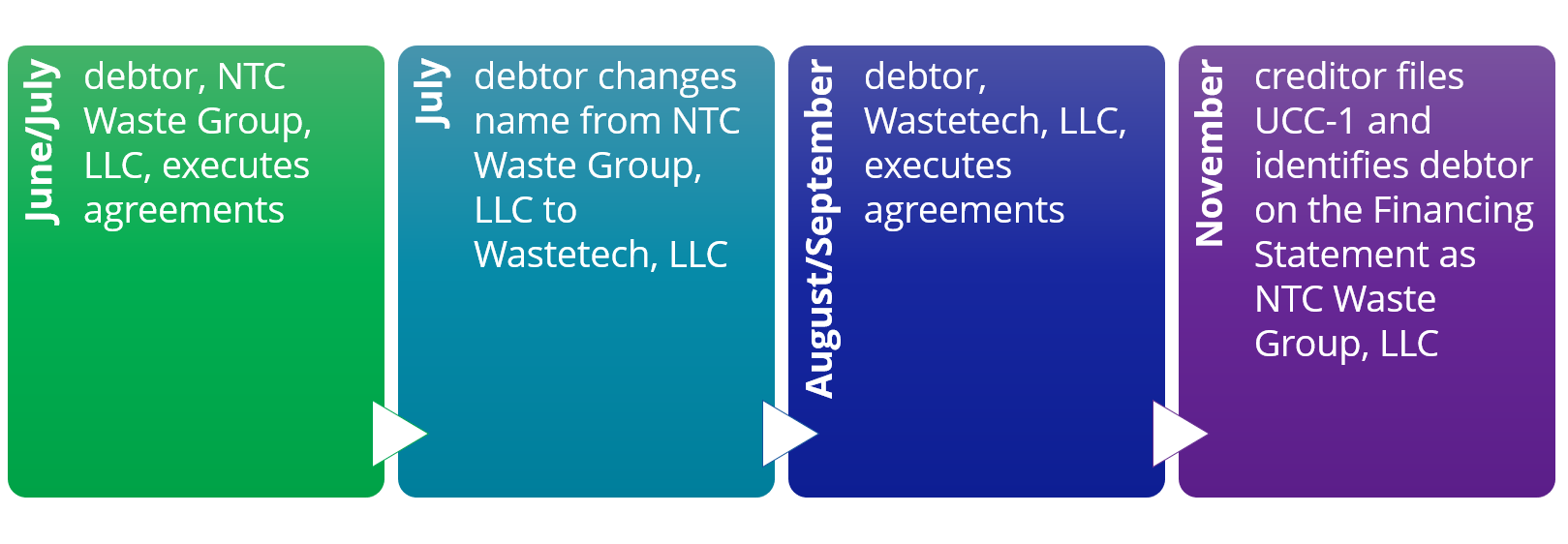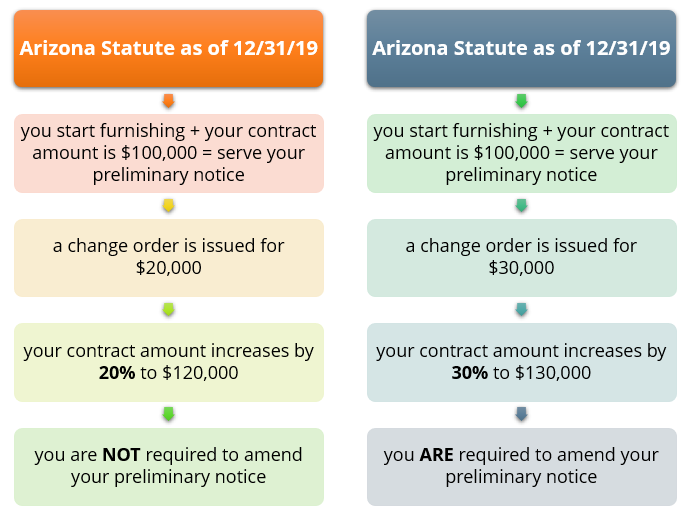
Who Is Responsible for The Costs Associated with The Construction of The Facility, The Lessor, Lessee or Both?
In Iowa, the Lien Attached to the Building, Not the Lessor’s Property
A lessor owns the real property, signs a 50-year lease with the lessee and the lessee builds a facility on the leased property. Who is responsible for the costs associated with the construction of the facility, the lessor, lessee or both? According to the Iowa Supreme Court, the costs are the responsibility of the lessee, which means the liens can only attach to the lessee’s building and not the real property.
The Case Before the Iowa Supreme Court
Cargill, Incorporated (Cargill) signed a 50-year lease with HF Chlor-Alkali, LLC (HF). Cargill owned the land and the lease was established to permit HF to build a manufacturing facility on the property. HF hired general contractors, who in turn hired multiple subcontractors and suppliers to build the facility. All construction contracts were made with HF – no one contracted with Cargill – and HF owned the building.
What happens next is no surprise: parties in the ladder of supply weren’t paid for the construction of the facility. Mechanic’s liens were filed, and the lien claimants pursued foreclosure actions.
Cargill objected to the foreclosure of the liens against its property and argued the liens could only attach to the building owned by HF and not the property owned by Cargill. Cargill’s argument relied on the 2007 and 2012 statute changes.
The Iowa Supreme Court agreed with Cargill.
Iowa’s 2007 & 2012 Statute Changes Made the Difference
Iowa modified its mechanic’s lien laws in 2007 & again in 2012. These legislative updates included a refined definition of “owner.” Here’s a quick recap from R. Zachary Torres-Fowler in his recent article, The Lessor of Two Evils: Iowa Supreme Court Holds That Mechanic’s Liens Will Not Attach to the Property of a Lessor for Work Authorized by a Lessee.
“…in 2007, the Iowa legislature removed contracts with ‘the owner’s agent’ as a basis for permitting a mechanic’s lien to attach to the owner’s property. In 2012, the Iowa legislature further revised the mechanic’s lien statute to narrow the definition of ‘owner’ to exclude persons ‘for whose use or benefit any . . . improvement is made.’”
Iowa statute dictates a lien is available “Every person who furnishes…by virtue of any contract with the owner, owner-builder, general contractor, or subcontractor shall have a lien upon such building or improvement…” So, what does that mean for Cargill? The contracts weren’t with Cargill; thus, Cargill’s property is not subject to the lien. Because HF contracted for and owns the building, the lien can only attach to the building.
What Does this Mean for You?
This should be a warning to those furnishing to potential lessor/lessee situations. Don’t assume mechanic’s lien rights will extend to the property; rights may only be available on the leasehold interest, or as in this case, the building on the property.
Each state handles these situations differently and sometimes statute defers to the language within the contract between the lessor/lessee. You may recall a New York case we reviewed in April, in which the property owner was liable for the construction costs, because the lease specifically required the tenant to make the electrical improvements.
Review your contracts, review property ownership, review the lease whenever possible, and always seek a legal opinion.








